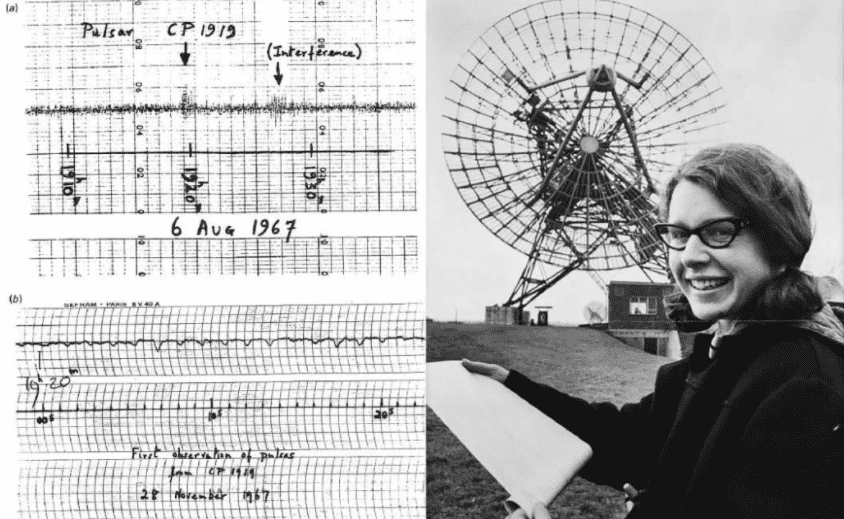
In many instances in history, women have developed amazing things but never got the recognition for their work. This is because many societies would like for women to be subservient to men, and this is achieved by keeping the amazing things that women do a secret — or even crediting them to men instead. Many of the advancements in medicine, science, technology that we think were created by men were actually developed by women. These changes have altered the course of life as we know it, creating a new reality from the previous time periods of antiquated ways of thinking and being. The sad part is that the women who are responsible for these advancements have been suppressed in many cases. But with some digging these incredible women have been able to get more credit for their amazing works, and the groundbreaking advancements have been linked to their true creators. Here are 6 inventions and theories made by women but were credited to men.
Esther Lederberg: Microbial Genetics
Back in the 20th century, there were many obstacles for a woman pursuing a career in science and technology. But Esther Lederberg was determined. She had access to the laboratories at Stanford University through her husband, which gave her the ability to complete her research easier. She went on to become the first person to segregate the bacteria lambda phage, and together, she and her husband discovered replica plating. Her husband won the Nobel Prize for the work they completed together, but Esther received no credit at all.


Jocelyn Bell Burnell: Pulsars
A graduate student at University of Cambridge, 24-year-old Jocelyn Bell Burnell was a leading researcher in the field of astrophysics. In 1967, she made a huge breakthrough as she saw strange markings in the radio frequencies of a telescope. After researching them, she discovered a “pulsar,” which was a compact star that emits radioactive waves through two poles. In spite of her work, she was not recognized for her efforts and the Nobel Prize was presented to Antony Hewish and Martin Ryle.

ENIAC Women: First Electronic Computer
As the US Army fell short of male recruits for its engineering division at the start of the World War II, they had to recruit women. They trained six women by the name of Kathleen McNulty, Frances Bilas, Betty Jean Jennings, Ruth Lichterman, Elizabeth Snyder, and Maryn Wescoff. They worked on the ENIAC, a massive computer style machine that was created to work in conjunction with the war. During their stint, they worked to greatly improve the machine to operate much better than its initial function. As media coverage swelled, the only mention of the people behind the machine were the male engineers Presper, Eckert and Mauchly.








